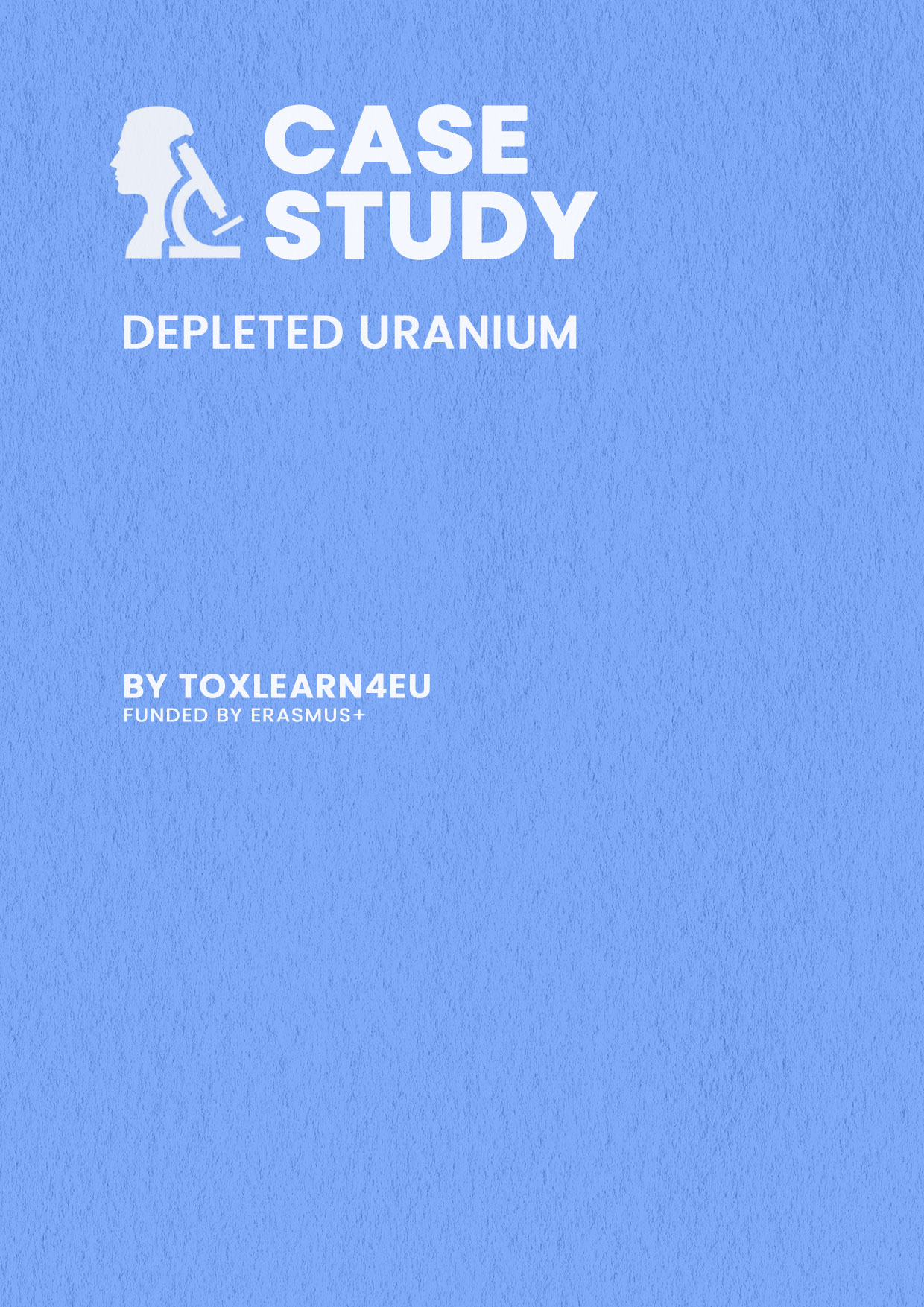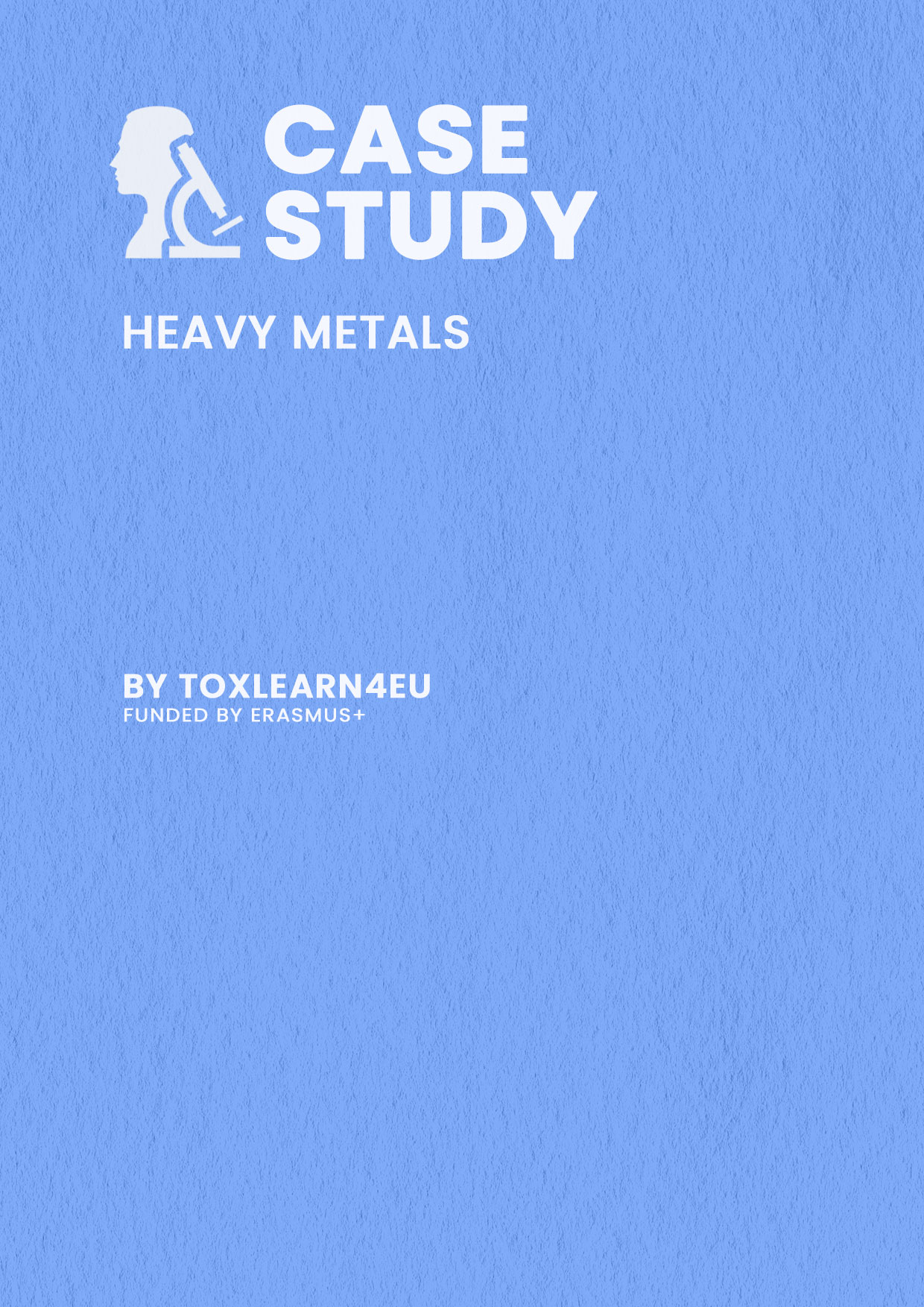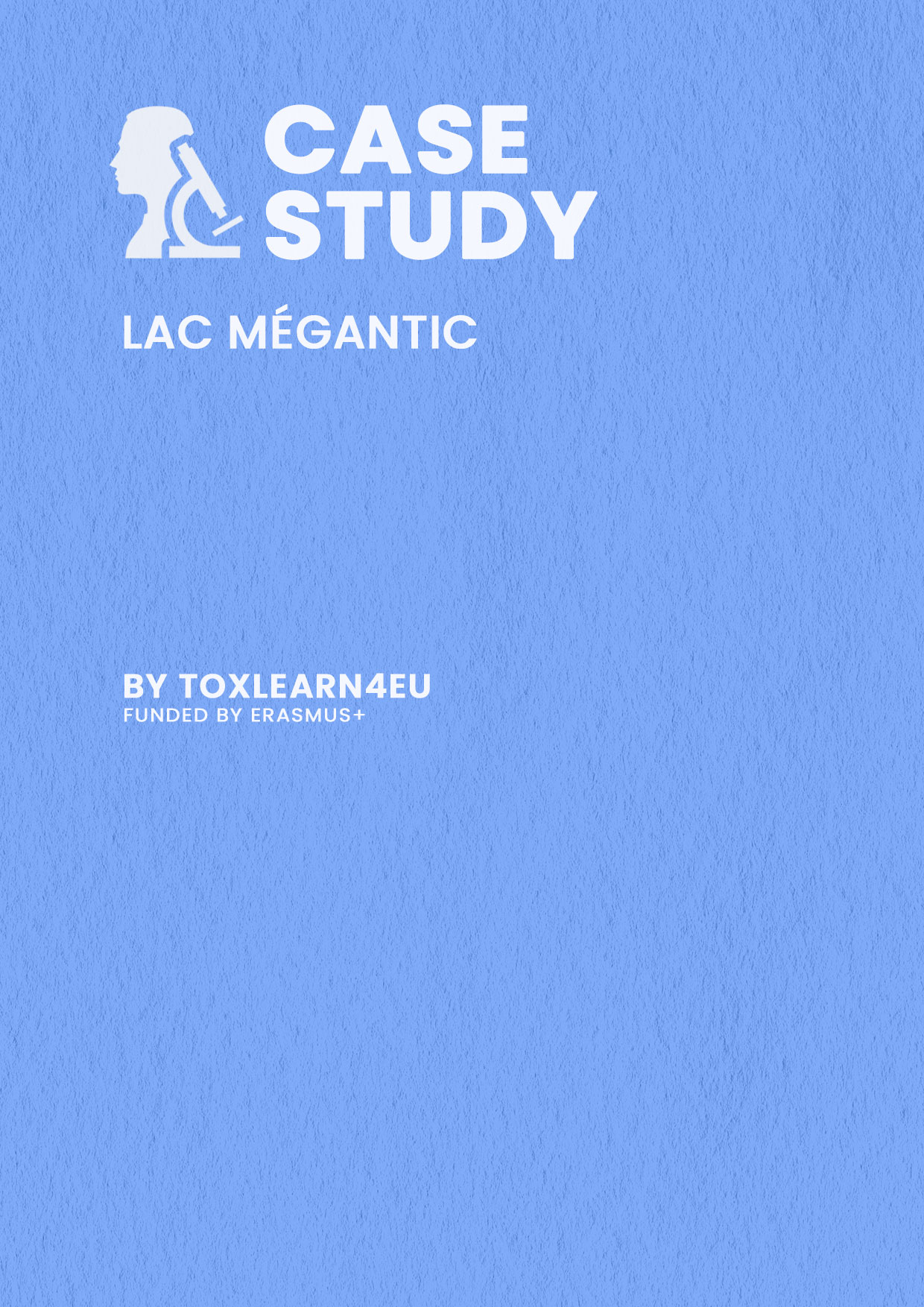PRIORITY AND EMERGING POLLUTANTS
Case Studies
Depleted Uranium: Environmental and Health Risk Assessment in Conflict Zones
This case study explores the environmental and health risks associated with depleted uranium (DU), a dense by-product of uranium enrichment used extensively in both military and civilian applications. Students are invited to assess the consequences of DU contamination in conflict-affected areas—using Ukraine as a focal example—while examining the dual nature of DU as both a chemical and radiological hazard.
Participants will investigate:
- The physical, chemical, and radioactive properties of DU;
- Routes of human and ecological exposure (e.g., inhalation of DU dust, ingestion, dermal contact);
- The toxicological effects of DU on kidneys, lungs, DNA integrity, and reproduction;
- The ecological impact of DU contamination, including bioaccumulation and food chain effects.
Structured as a comprehensive environmental and health risk assessment, the case guides students through a step-by-step evaluation process:
- Baseline data collection and area mapping;
- Stakeholder identification and engagement;
- Environmental sampling and analysis;
- Ecological and human health impact assessment;
- Development of remediation strategies and policy recommendations;
- Design of risk communication and public education measures;
- Planning of long-term monitoring and follow-up actions.
Key learning outcomes include:
- Understanding the interdisciplinary challenges posed by DU contamination;
- Applying toxicological, epidemiological, and environmental science principles;
- Developing evidence-based strategies for risk mitigation;
- Practicing critical thinking, teamwork, and stakeholder communication.
This PBL scenario is ideal for advanced students in toxicology, environmental sciences, public health, and policy, particularly those interested in environmental justice and post-conflict recovery.
Lead and Other Toxic Metals: Environmental and Human Relevance
This PBL case addresses the environmental and human health risks posed by toxic metals, with a particular focus on lead (Pb) as a classical but still highly relevant example. Through real-life exposure scenarios and interdisciplinary exploration, students investigate how heavy metals affect biological systems, how exposure occurs, and how societies have responded—or failed to respond—over time.
The case is structured in two main phases:
Part I: Lead Exposure and Toxicity
Students work in groups to explore specific lead-related scenarios:
- Lead accumulation in bone;
- Airborne lead exposure in children;
- The Flint (Michigan, USA) water crisis;
- Lead contamination in soil.
Each group prepares a presentation based on guided questions and key literature.
Part II: Other Toxicologically Relevant Metals
In the second phase, students research and present concise findings on other toxic metals using real-world cases, including:
- Arsenic in books and in drinking water (Bangladesh);
- Mercury exposure in gold miners, fish consumption, and dental fillings;
- Aluminium in food packaging and cosmetics;
- Cadmium in food and vegetarian diets;
- Thallium poisoning;
- Heavy metals in herbal and spice preparations.
The PBL format is designed for approximately 17 hours of student work and is suitable for both in-person and online formats (with breakout groups). It combines guided group sessions with self-directed learning, collaborative research, and peer-to-peer teaching.
Learning outcomes:
- In-depth understanding of lead toxicity and other heavy metal exposures;
- Improved research, teamwork, and science communication skills;
- Experience in organising and presenting scientific information clearly and concisely;
- Enhanced awareness of environmental justice and public health implications of metal pollution.
This case study is ideally suited for students in toxicology, environmental health, biomedical sciences, or public policy who seek a deeper understanding of one of the most persistent classes of environmental contaminants.
Download complementary files:
- Group A Lead and bone
- Group B Airborne lead and children
- Group C The Flint water crisis
- Group D Lead in soil
- Tutor Instructions (*)
- Additional material for teachers (*)
(*) This file is for use by tutors/teachers and is password protected. If you are a tutor/teacher interested in using this case study, please contact us to get the password.
Lac-Mégantic Environmental Disaster
This problem-based learning (PBL) case study explores the environmental and toxicological consequences of the Lac-Mégantic rail disaster, a catastrophic train derailment and crude oil explosion that occurred in July 2013 in Québec, Canada. Based on real-life data and events, the case provides students with an opportunity to simulate the work of environmental scientists or consultants tasked with assessing the short- and long-term impacts of a major industrial accident.
Designed for small groups (4–6 students), the case begins seven days after the accident, when students are asked to investigate the fate and effects of the contaminants released into the environment—namely petroleum hydrocarbons (TPHs), BTEX, PAHs, dioxins/furans, and other combustion-related pollutants. Students must collect and interpret environmental data, including chemical and biological monitoring results, weather records, topography, and site history, in order to evaluate the risk to ecosystems and possibly humans.
The Lac-Mégantic PBL promotes a wide range of learning outcomes:
- Understanding the fate and behaviour of pollutants in abiotic and biotic matrices;
- Applying principles of toxicology and ecotoxicology to real-world scenarios;
- Using non-standard test species in ecotoxicological data interpretation;
- Investigating the effects of contaminants on ecosystems and food webs;
- Developing advanced data analysis skills;
- Practicing teamwork, scientific reporting, and oral defense.
The case can be adapted to include a financial component (e.g., limited budget for analyses) or extended to include a Human Risk Assessment. It is estimated to require around 40 hours of student work and may be credited with up to 3 ECTS depending on the format of assessment.
Download complementary files:
(*) This file is for use by tutors/teachers and is password protected. If you are a tutor/teacher interested in using this case study, please contact us to get the password.



